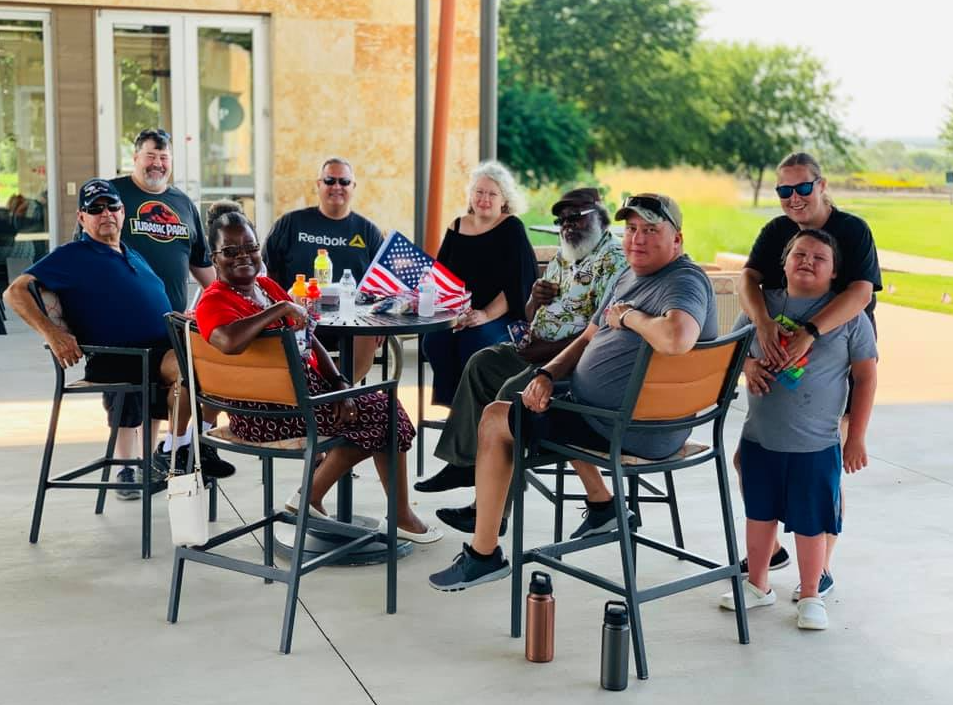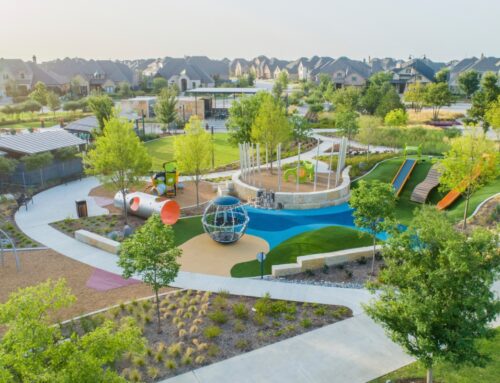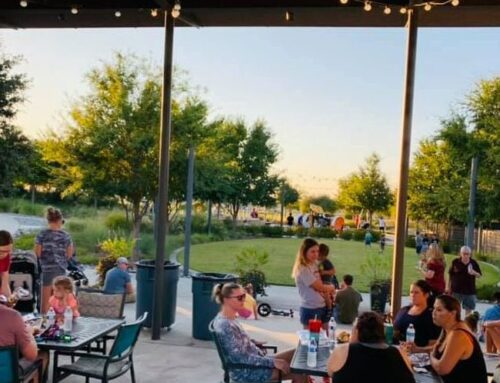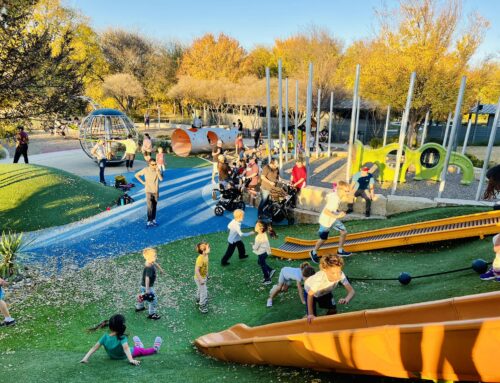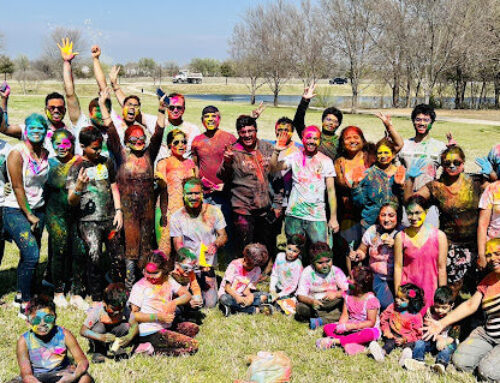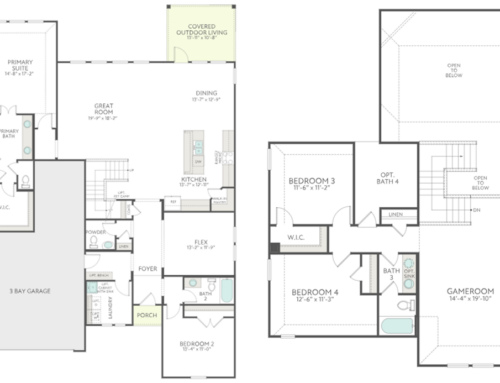Living in a community is ideal at any age. It taps into how humans are wired: to seek connection, belonging, and collaboration. For many decades, we’ve gotten these needs met within our immediate family.
Then comes the empty nest. Both younger and older generations can experience a sort of loneliness that causes them to seek out new bonds. For most of us, these important bonds are formed with those who live nearby.
Studies show, “proximity is the strongest predictor of friendship. The closer you live to another person, the more likely you are to be friends with them.”
Enter: Multigenerational Communities. These are neighborhoods which have been planned and designed to welcome diverse age groups, inviting them to share and interact as part of a unified community.
This primer highlights why multigenerational living is a supportive lifestyle choice for folks of all ages.
What is a multigenerational neighborhood?
Multigenerational living communities are characterized by the wide age ranges of their residents.
As baby boomers age, a greater percentage of the population is reaching that over 60 threshold and 90% want to own their own home so they can age in place. But 65-year-olds of today are very different from those a generation ago. They understand the importance of staying active and want to be close to age appropriate amenities where they can easily socialize and exercise.
Families just starting out may also seek out these intergenerational neighborhoods. Especially if they don’t have family nearby or just because they value the wealth of knowledge and experience of older populations. It can be a great way to introduce children to new concepts and ways of living that helps broaden their worldview.
Some North Texas multigenerational communities, like Union Park by Hillwood, build sections of homes for 55+ families and designate other areas for homeowners of any age. In this particular case, the Del Webb homes at Union Park are designed with features that are great for aging in place, including 1-story floor plans, laundry facilities near the bedrooms, and easy access showers. Del Webb communities must have at least one resident who is 55 years of age or older, and no one under 19 as a permanent resident.
Benefits of Multigenerational Living
Intergenerational living really does offer residents the best of both worlds. Rather than a neighborhood of only young families or an age-restricted enclave for the autumn of life, these blended communities bring out the benefits of each. They’re at once alive with the infectious spirit of youth, as well as the wisdom and resources of their elders.
Connecting these two very different types of families can offer vital, mutual support that’s not guaranteed in a traditional new home community.
For young families:
- Friendships and nurturing from older community members may fill in for blood grandparents who live out of state.
- Older neighbors can create a missing link for children whose grandparents have passed away.
- Seniors can offer advice based on their wisdom and experience.
- Children in the community can play and make friends with grandkids who come to visit.
For older community members:
- Home repairs and inaccessible chores can be completed by younger residents looking to make a little extra allowance.
- Younger families may have more capacity for care-taking if elderly neighbors take ill or have an unexpected health scare.
- Grandparents who don’t get to see their biological grandchildren as much as they’d like can enjoy the community’s children.
- Interacting with young children can spark playful, youthful energy and help seniors connect to their sense of childlike wonder.
For both:
- Various on-site amenities and lifestyle programs cater to different generations while some shared spaces and activities appeal to residents of all ages.
- Neighborhood features like low curbs or no-step paths are safe and easily navigable for people of any age from stroller to wheelchair.
FAQs on Multigenerational Communities
These questions will help clarify multigenerational living communities and
why they can be so enriching.
What is an intergenerational community?
Made of equal parts young families and older adults, these communities are
designed to facilitate interaction between both family types.
What is a multigenerational neighborhood?
Also known as “age-friendly communities”, these neighborhoods encourage
more than two generations to live and cooperate in close proximity to one another.
How do you create an intergenerational community?
Creating an intergenerational community usually means designing housing that can
support the needs of aging adults and building them near all-age homes and community centers.
Experience Intergenerational Living at Union Park by Hillwood
Union Park by Hillwood in Little Elm, Texas is the ultimate place for connection and community at any age. Come see just how convenient and collaborative living in a multigenerational neighborhood of new construction homes can be! Contact us or take a virtual tour today!
